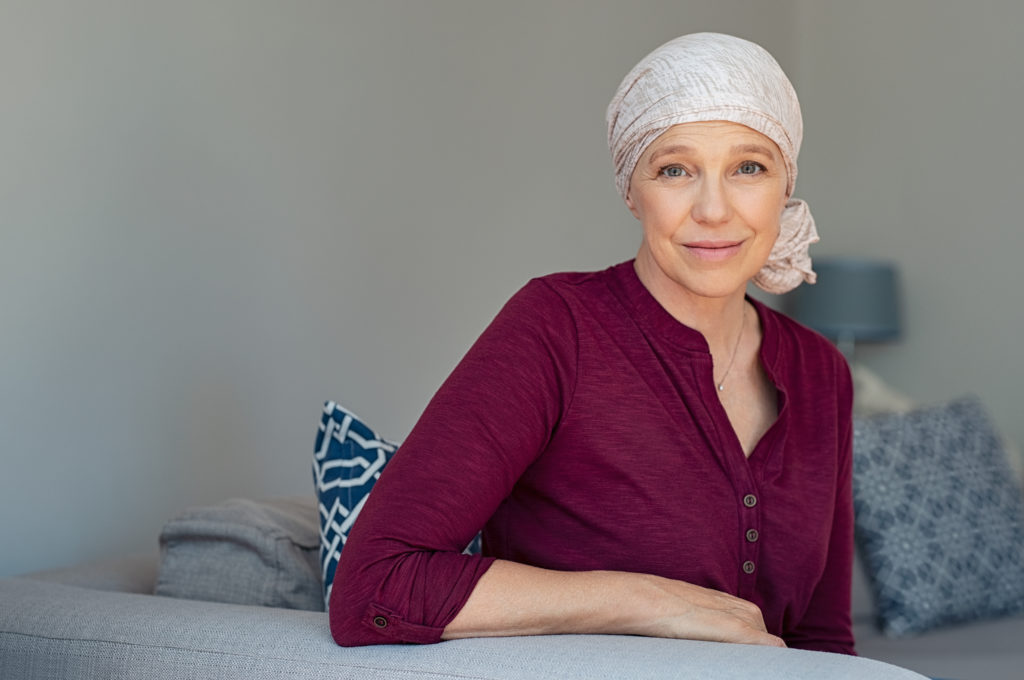(Part 1)
(The initial post this month on pumps will be continued later. Due to time constraints and recent literature review, this post has been updated to reflect a common concern among women with breast cancer – developing lymphedema.)

Fear
What’s one common fear among women who have had breast cancer? Developing lymphedema. Several women have expressed worry about doing an activity that would cause lymphedema. Long-standing precautionary measures have included avoiding blood pressure measurements in the affected arm, avoiding needle sticks, and using the unaffected arm to carry objects instead.1
These precautionary measures have morphed into an irrational fear of using the affected arm (to prevent lymphedema or to prevent a flare up of existing lymphedema). The rationale behind such traditional precautions is that any trauma or use which increases blood flow to the affected arm could increase the amount of fluid the lymphatic system must transport. That may overburden the compromised lymph system and cause lymphedema (or make it worse).
Contributing Factors
There are factors that contribute to a person’s likelihood of developing lymphedema: Collateral pathways (alternative routes), how many lymph nodes were removed, whether radiation was done, age, weight, etc. Two people can have similar circumstances, yet one develops lymphedema and the other doesn’t. What about overtaxing the arm and causing lymphedema? Let’s take a look at a true story.
True Story
A long time ago, I had a patient come in who had experienced breast cancer, lymph node removal and radiation. Years went by with no swelling, and then one day near the holidays, her arm began to swell. What happened? She described her activity just before she developed swelling. She had been lifting several heavy pots and pans, cooking for family. This wasn’t an activity she typically did. That’s “what happened.” She was doing an activity she hadn’t conditioned her affected arm to do. In other words, a person can’t go from being a couch potato to running a marathon the next day without increasing the risk of injury.
Research
Several research articles have demonstrated that avoiding using an arm is an unnecessary precaution. In fact, avoiding use may negatively impact a person’s quality of life and even increase the risk of lymphedema due to deconditioning (making an arm more prone to injury).2 So how can you safely use an arm after breast cancer? We’ll take a look at what research says next time.
References
1 https://lymphnet.org/position-papers
2 Ammitzbøll G, Johansen C, Lanng C, et al. Progressive resistance training to prevent arm lymphedema in the first year after breast cancer surgery: Results of a randomized controlled trial. Cancer. 2019;125(10):1683-1692. doi:10.1002/cncr.31962.
